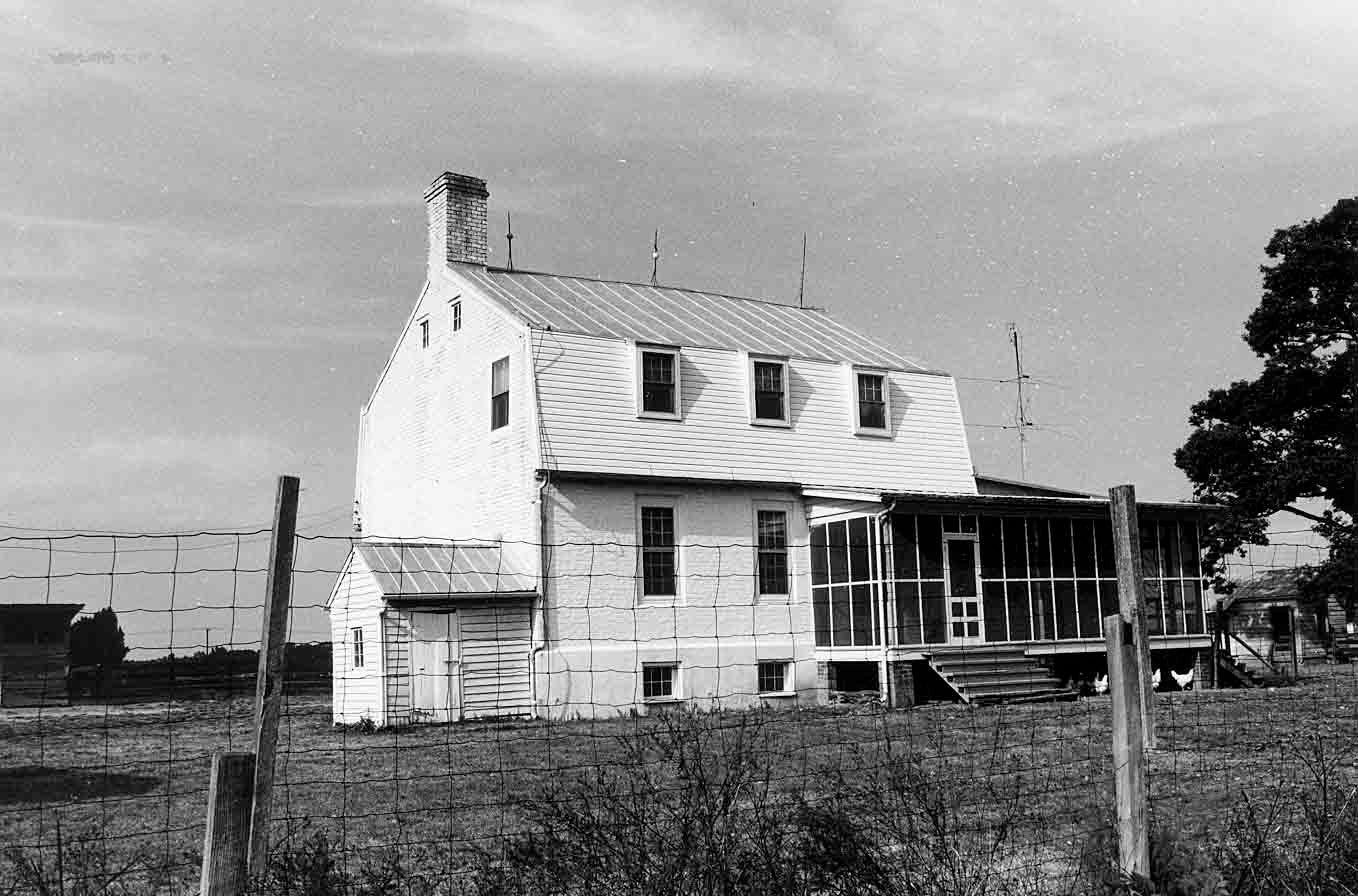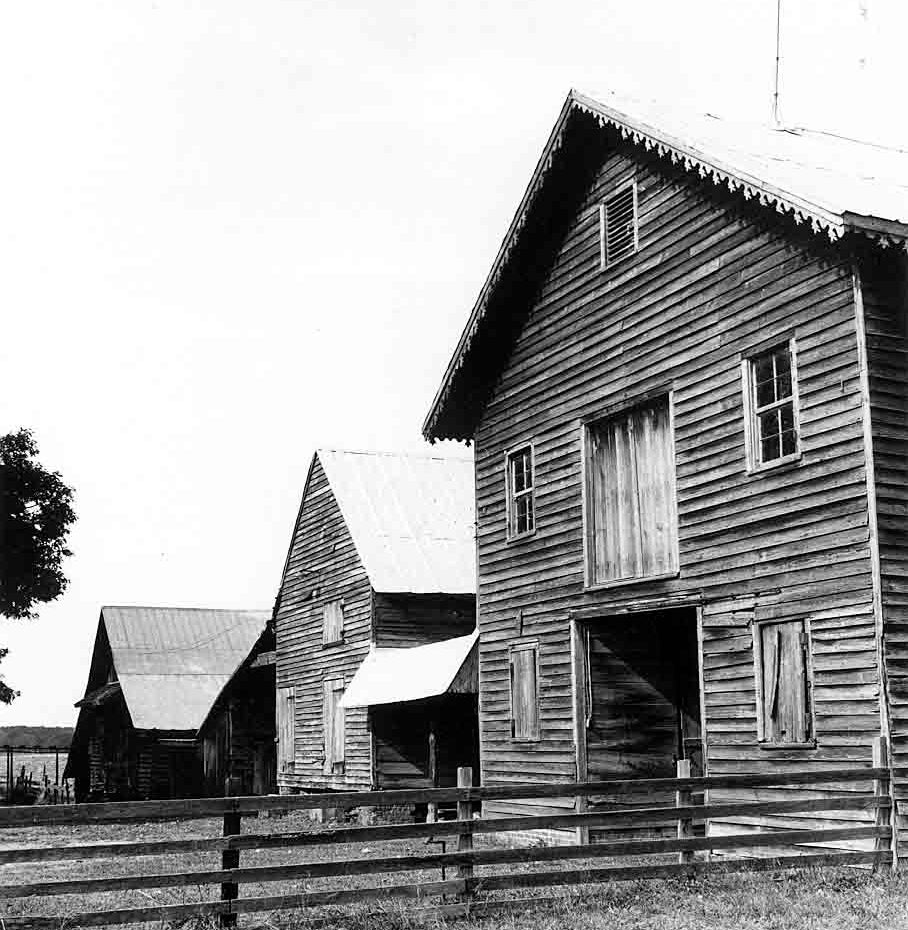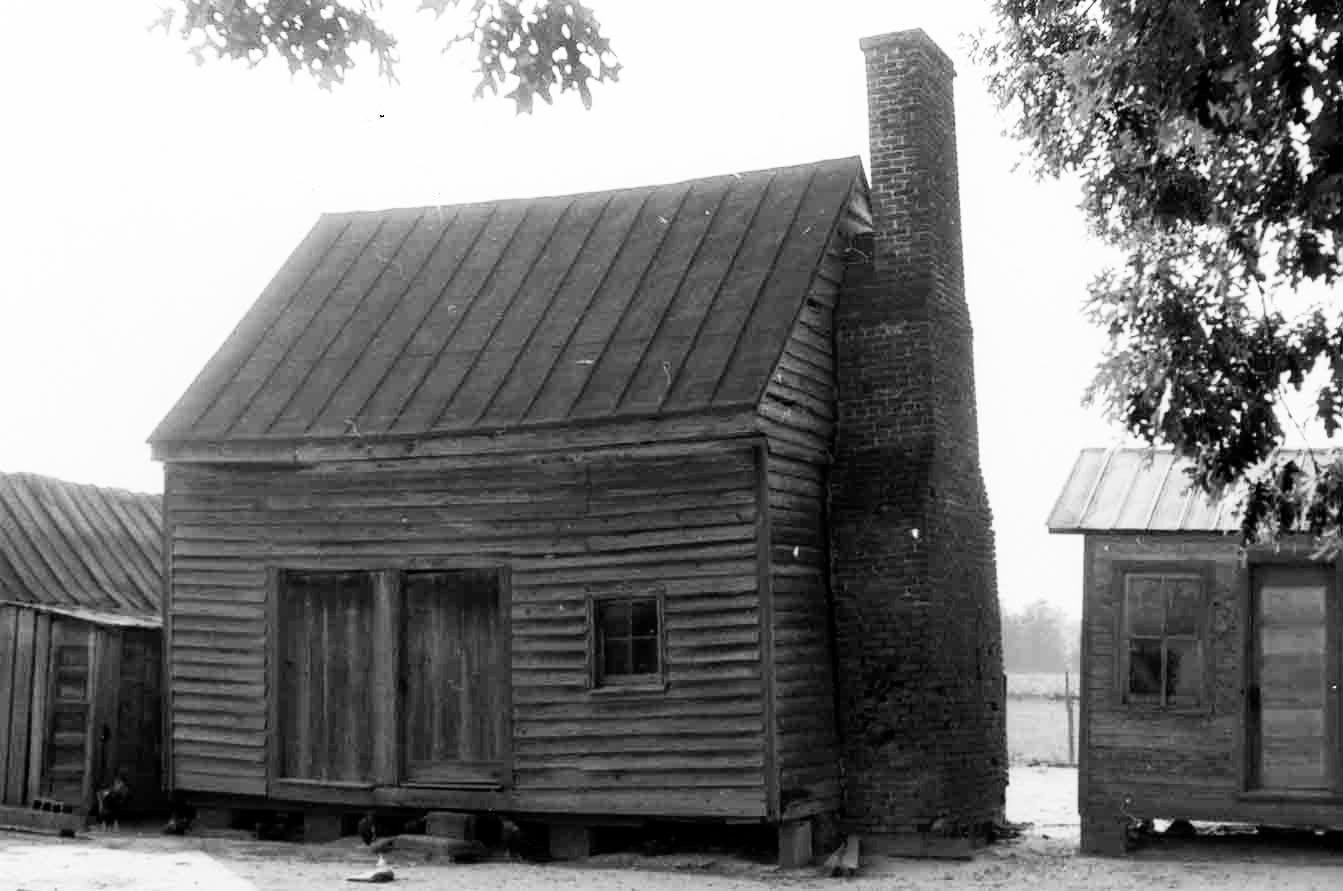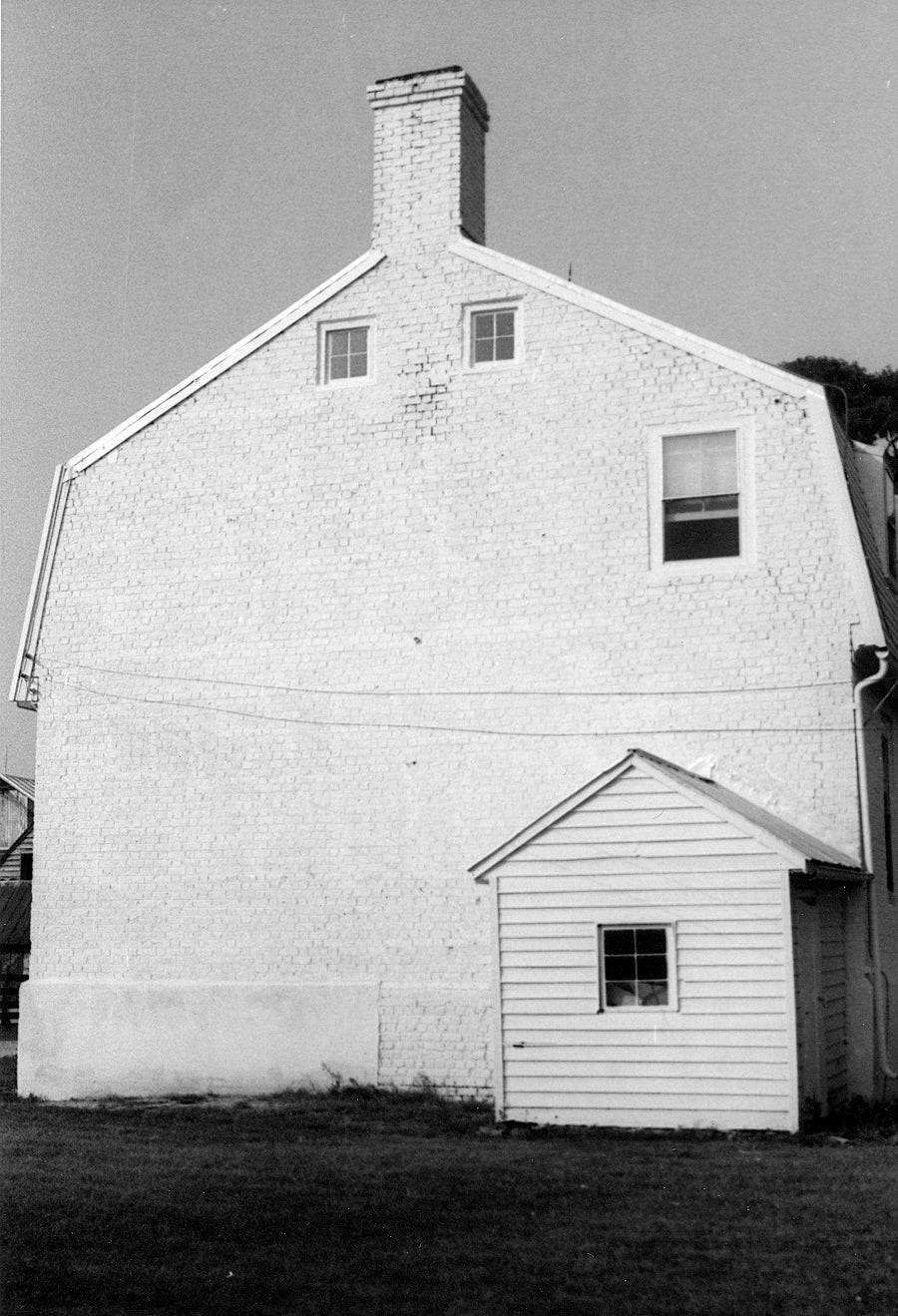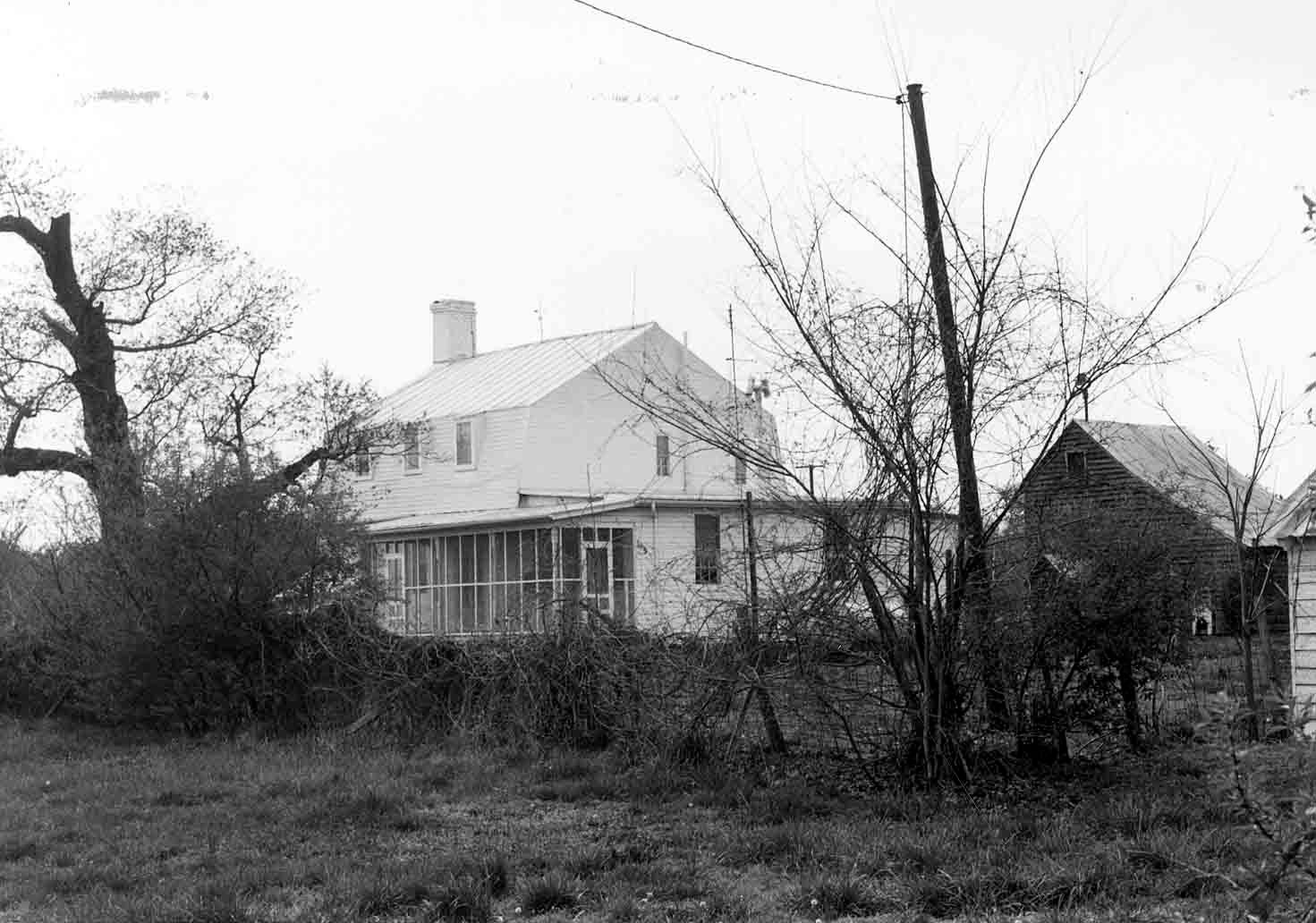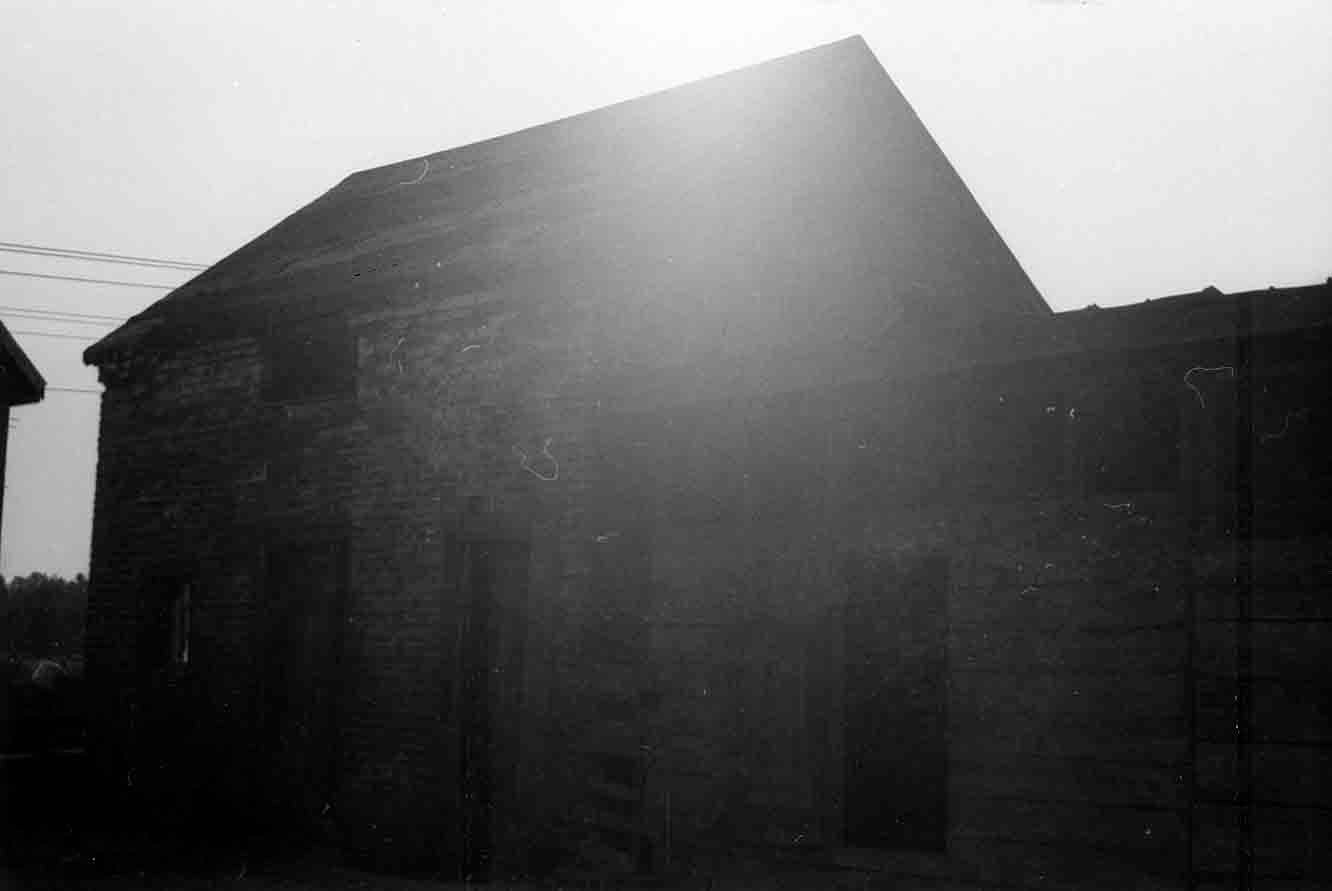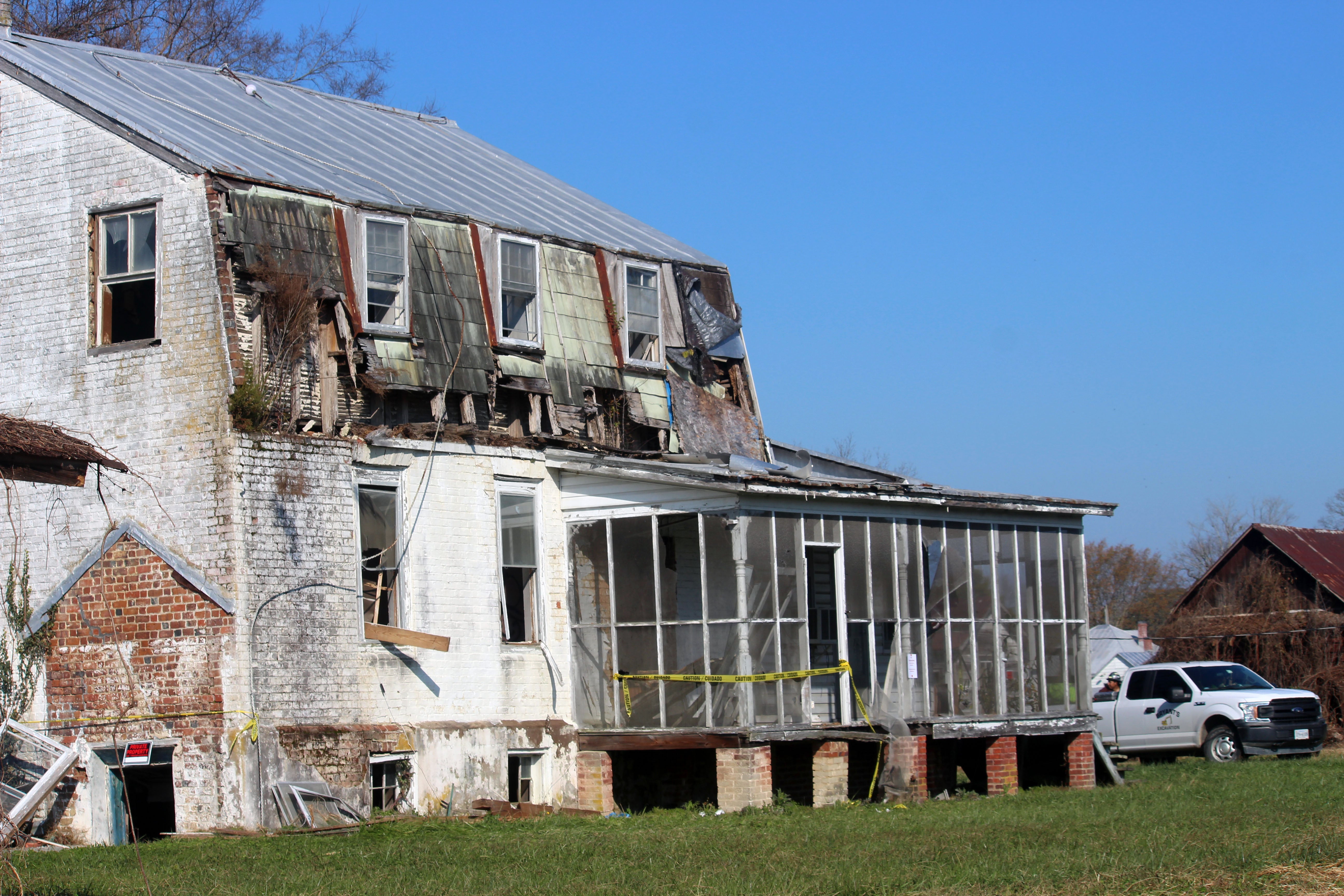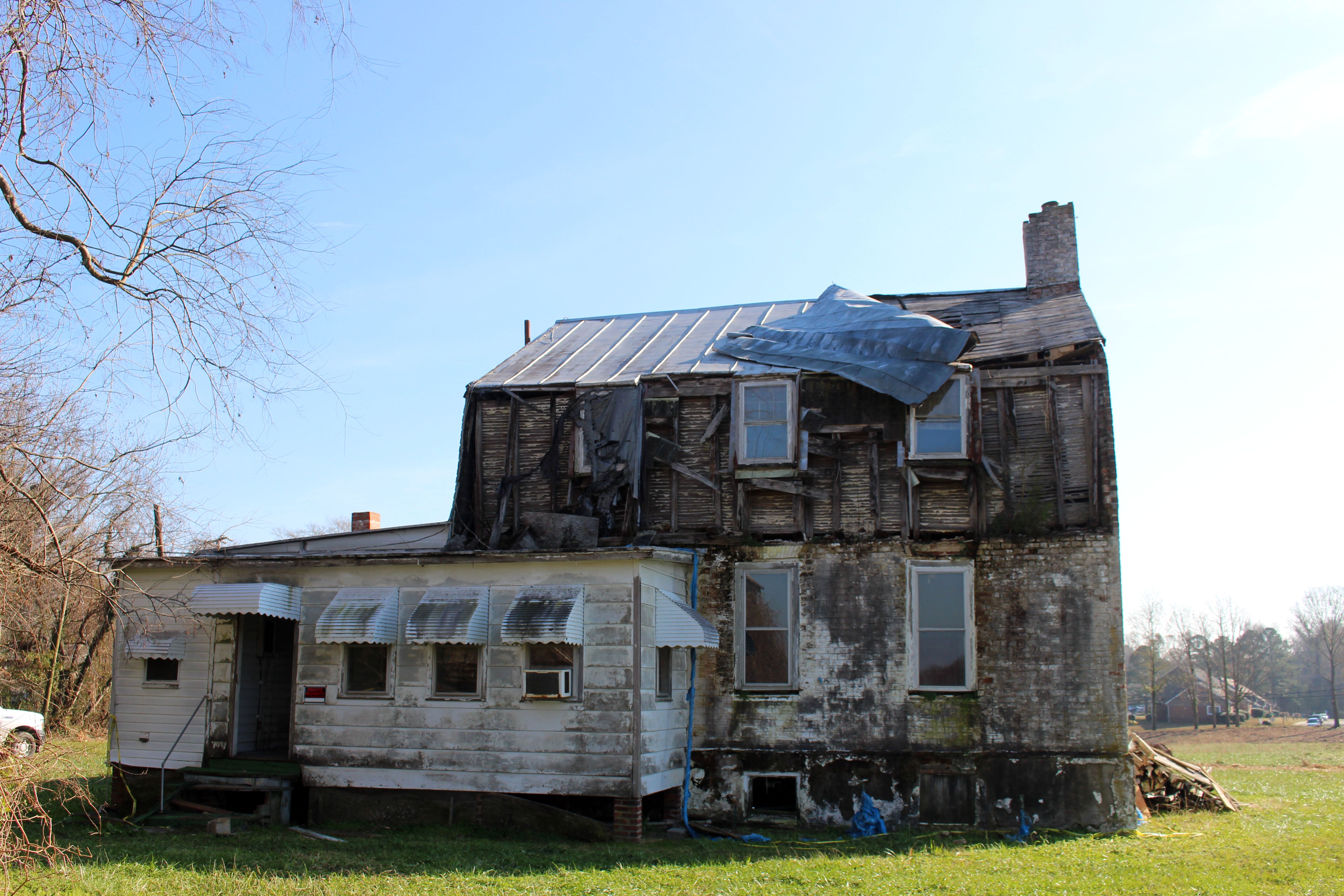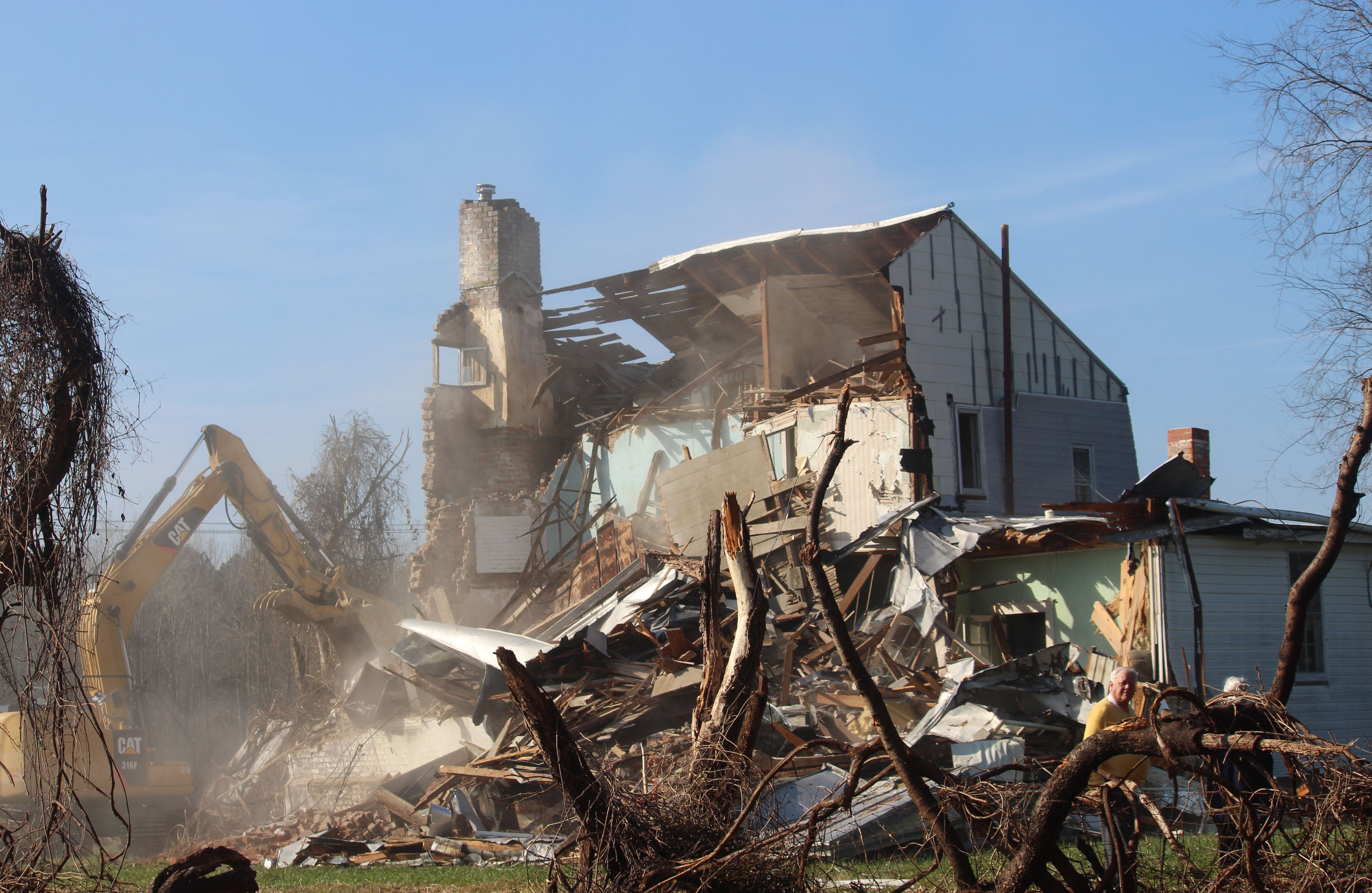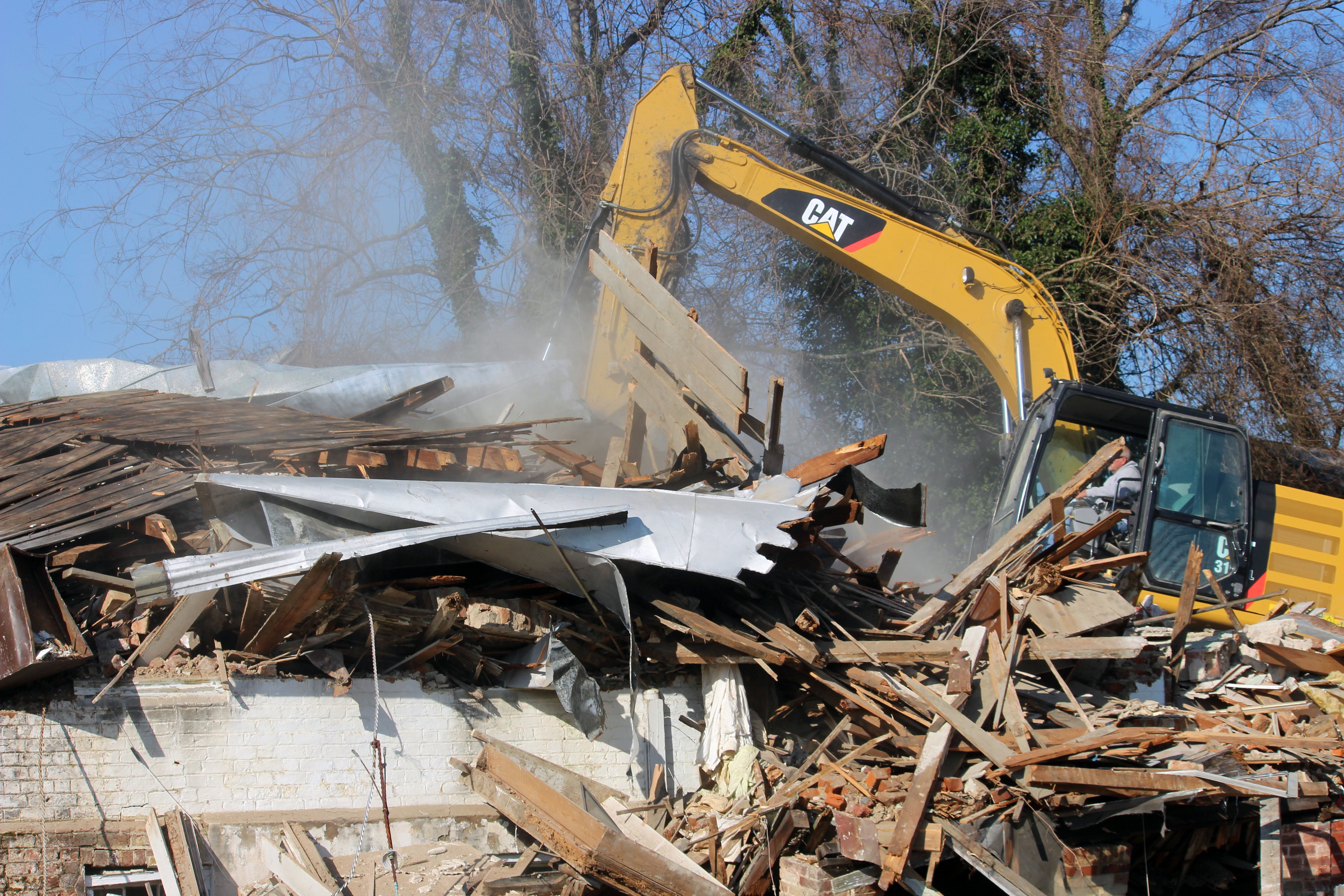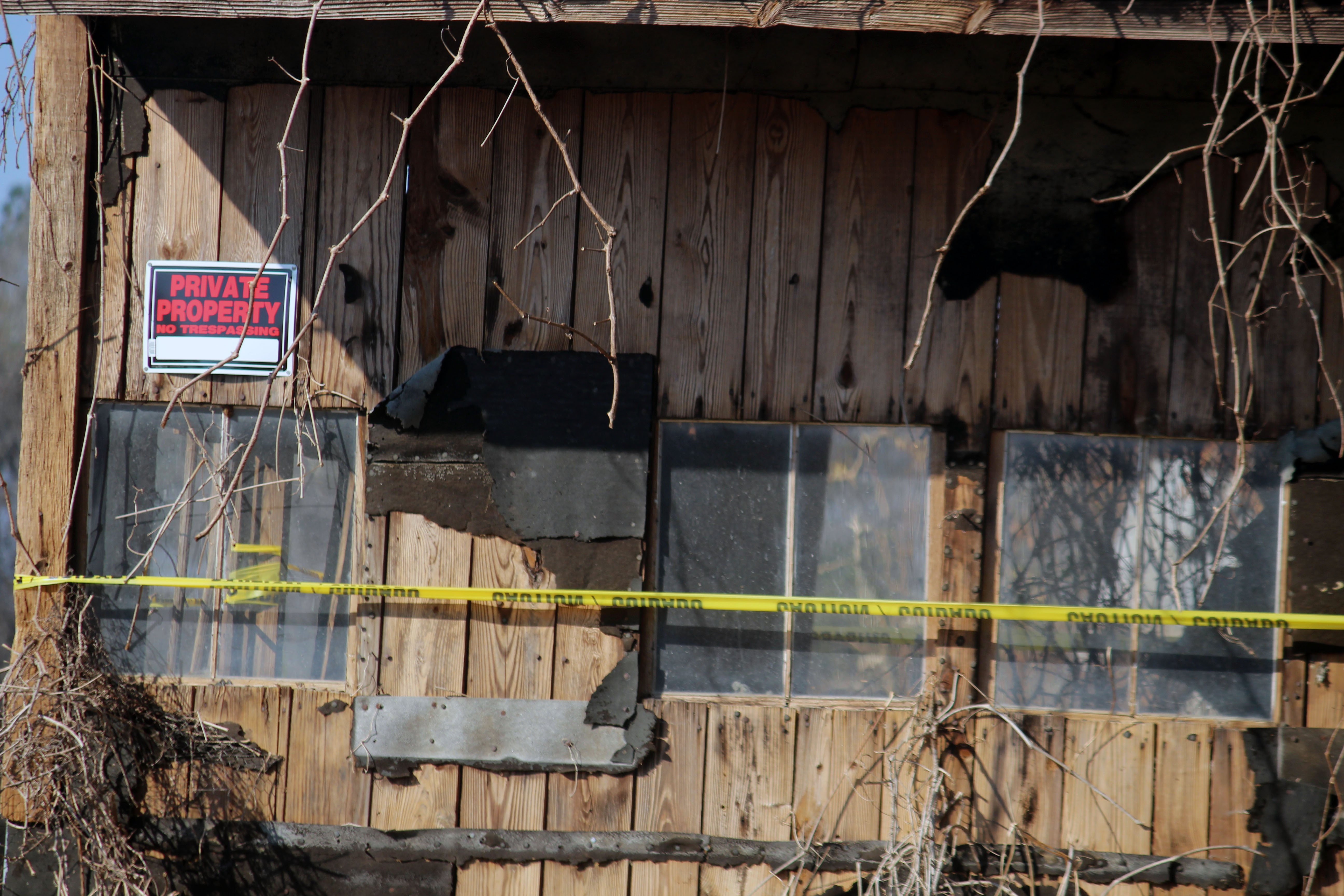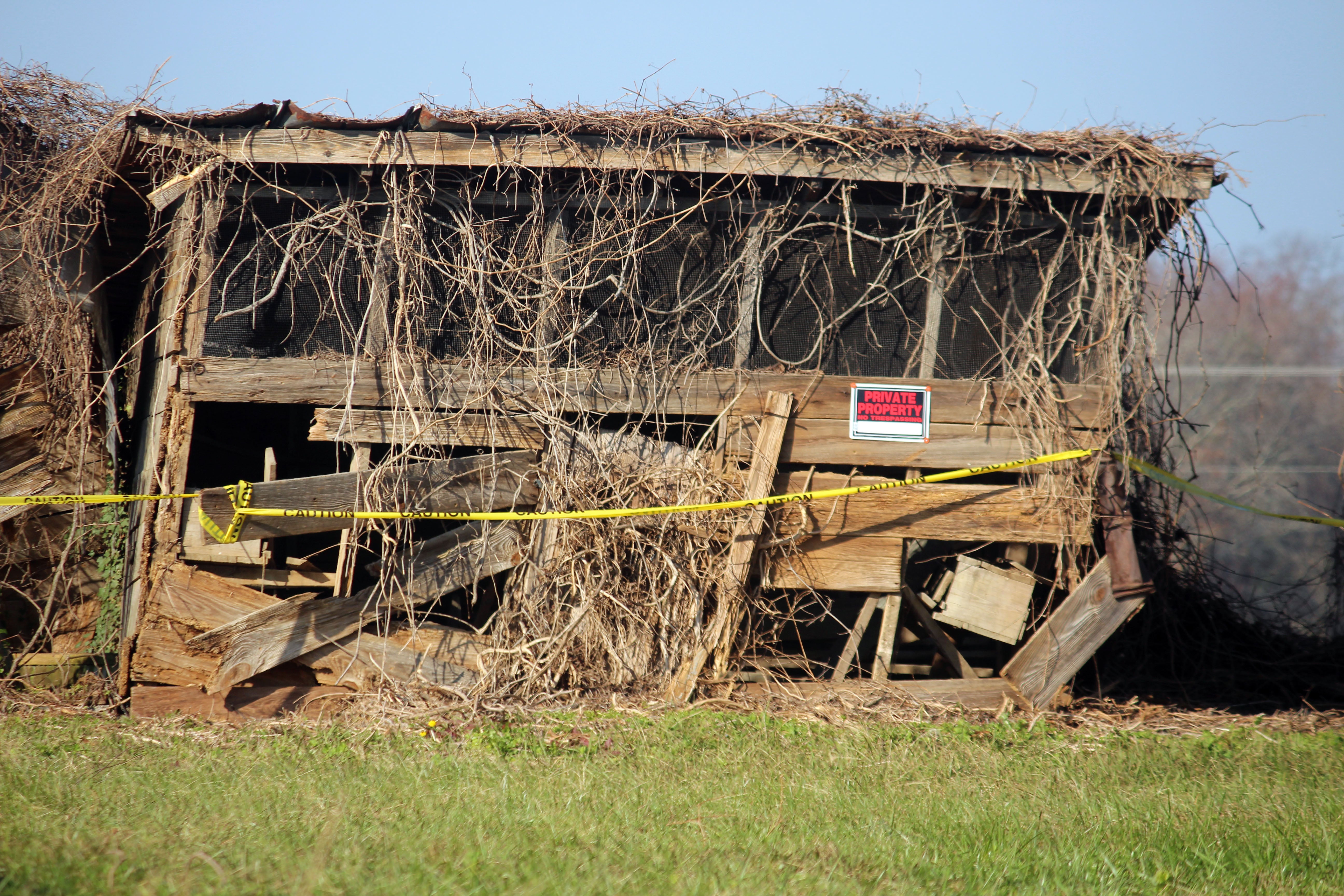Pierceville house demolished
Published 2:50 pm Monday, December 14, 2020
Just before noon on Dec. 10, a sharp sound pierced the air in downtown Smithfield.
“Beep! Beep! Beep!”
Each wail of the high-pitched alarm warning that the big yellow Caterpillar 316F L excavator was in motion served as a final countdown for the life of the nearly 300-year-old Pierceville house as the tracked machine approached the building to tear it down.
As a handful of people watched, some with cameras in hand, the equipment operator knocked an enclosed porch off first. Then he repositioned the machine and began ripping a hole into the front of the house. Wood snapped, red bricks tumbled to the ground and a dust cloud rose.
In about 20 minutes, the structure, which dated to the 1730s, was a pile of rubble.
Preservation effort failed
The demolition ended years of effort to preserve the historic site. During the last decade, the house and more than a dozen outbuildings on the site had fallen into an advanced state of dilapidation. Regardless, they were considered to be of historic significance in Isle of Wight County.
In a 2016 report commissioned by nonprofit Preserve Smithfield, Restoration & Consulting Services, a Norfolk-based company that conducted a study of the main house and outbuildings, estimated that it would cost about $500,000 for major repairs to preserve the house.
The scope of work included replacing main structural beams, reframing the upper portion of the house, fixing windows, demolishing a 1930s addition that had no historic value and installing an HVAC system to maintain a consistent temperature in the building, which would prevent further decay due to moisture.
The company also estimated costs of an additional $100,000 to stabilize or demolish the outbuildings and another $60,000 for design and engineering work. The firm’s report also noted that “tax credits are available for this type of restoration and should represent about 20 to 25% of the total cost of the project.”
Former property owner Mary Delk Crocker deeded the home to LSMP LLC, an entity owned by former Smithfield Foods chairman Joseph W. Luter III. Smithfield’s Town Council voted 6-1 on Dec. 1 to approve Crocker’s request to demolish the farmhouse.
Also this month, demolition work began on the former Little’s Supermarket building, also now owned by Luter. Together, the two adjacent properties are about 50 acres, according to Maynard Gwaltney, who has worked with Luter over the last 25 years developing many of the community’s signature sites, including the Smithfield Center and the Little Theatre.
After demolishing the main house, Gwaltney said two demolition machines would work to tear down what was left of the former supermarket building. Demolition started on the old grocery store on Dec. 1.
Once the grocery store is down, the remaining dilapidated structures on the Pierceville property would be torn down. Some still seemed sturdy while others appeared to be held up only by tangles of overgrown vines and brush. “Some of them have already fell down, like that one right there,” Gwaltney said, guestering to a mound of rubble that could only be discerned as a former structure after a few moments of scrutiny.
“We couldn’t repair anything. It’s too far gone. It was unsafe to even be around it,” Gwaltney said.
As if on cue, as the demolition machine worked nearby to clear huge tangles of vines and brush from one of the larger outbuildings, a few pieces of the structure tumbled to the ground. Gwaltney said clearing the brush will make demolition access easier and safer.
Once the debris is removed, the basements of the old house and a former ham-curing house will be filled with sand. “That’s the only legal, safe way to do it,” Gwaltney said. By the end of this month, all the buildings on the two properties should be gone.
Some tangible elements of Pierceville, however, will live on. Wood joists from the main house will be reclaimed and reused for a future project to be determined. Gwaltney said one idea that’s been floated is to use some of the wood to build permanent structures for the local farmers’ market, which could be relocated to the Pierceville and former grocery store sites, which are near the intersection of Main Street and the Route 10 bypass.
In place of the former farmhouse and grocery store at the west end of downtown, Luter says he’d like to develop office space, multi-family housing “for all income levels,” single-family homes, assisted living residences, a boutique hotel and possibly a walking trail that would be built in collaboration with the Smithfield YMCA.
‘Smithfield’s origins are from the Pierce legacy’
Pierceville was “a wonderful example of an evolved 18th-century dwelling,” according to Marc Wagner, a senior architectural historian with the Virginia Department of Historic Resources in Richmond. The house was noted for its Dutch-style gambrel roof, and many of the outbuildings were from the antebellum era.
The house dated to the earliest years of the town’s establishment. In a 2019 letter to town council, Wagner said Pierce likely had many farm buildings, a wharf and warehouses that served the wharf. “Smithfield developed partly from Pierce’s holdings; Smithfield’s origins are from the Pierce legacy,” Wagner said.
Thomas Pierce of Hampton bought 300 acres of land in Isle of Wight County in 1730. He bequeathed “my plantation on Pagan Creek” to his son, also named Thomas Pierce. The senior Pierce died in 1740. Thomas II died between 1788 and 1794 and his son, Thomas III, inherited the entire estate, according to a 1971 state report.
Pierce II accumulated significant land holdings, eventually owning “everything on the north side of Main Street in Smithfield by 1783.” He also had a private wharf and warehouse, operated a ferry across Pagan Creek, was county justice from 1766-1783, captain of the militia from 1777-1783, vestryman to the Old Brick Church, 1776, and a member of the Virginia Convention of 1788. The convention voted to support the U.S. Constitution and also laid the groundwork for the Bill of Rights.
That legacy also includes African American history and slavery. When Pierce Sr. died in 1740, he owned eight slaves. By 1782, there were 22 slaves on the property. It’s likely that enslaved workers may have built the main house, warehouses, wharf and outbuildings. Enslaved workers are also likely buried on the property “as is evidenced by two old slave houses” which were still standing in 1937, according to a historical report.
Wagner described the Pierceville demolition as “a sad moment for Smithfield.”
“The house and outbuildings could have been saved on an outparcel — and an interested investor would have had to step forward to take on the big rehab cost,” he said.


